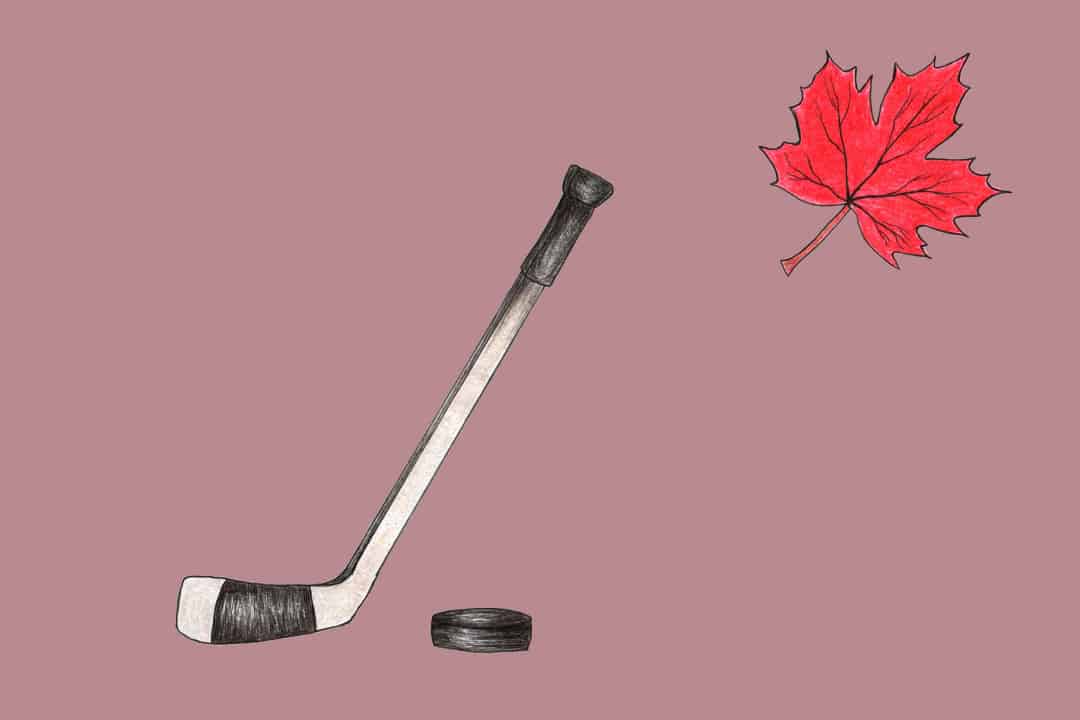As a Torontonian, I’m usually mocked mercilessly about the Toronto Maple Leafs, but in general, non-Canadians seem to assume that I watch, follow, and even play hockey. Are we really so obsessed with hockey?
Apparently, we are. A 2015 study by Scotiabank uncovered some significant statistics. Most Canadians surveyed, 90 per cent, believed that hockey was a part of their cultural identity. During the hockey season, Canadians spend around seven hours a week watching or talking about the sport, and hockey contributes a staggering $11.2 billion annually to the Canadian economy.
It’s a significant part of our identity, and if soccer is the world’s game, hockey has certainly become Canada’s game.
And yet a study conducted by Hockey Canada and Bauer found that 90 per cent of Canadian families don’t enrol their children in hockey. Why might this be? They ended up discovering that one substantial barrier is the price, as the sport has become inaccessible to many Canadians.
In 2011–2012, a survey by Hockey Canada found that the average registration cost for hockey was $1,200. However, that number can skyrocket to more than $8,000 to play on higher level teams. And these exorbitant figures only represent registration fees.
Most competitive sports require some travel, and hockey is no exception. The difference, however, lies in the fact that hockey is arguably the most equipment-heavy sport. While a soccer player may only need shoes, shin guards, and a ball, a hockey player must buy equipment off an extensive list.
On top of padding and a helmet, sticks and skates can cost hundreds of dollars each. It’s not surprising, then, that the price can climb into the thousands of dollars, dissuading families from introducing their kids to hockey.
A sport, of course, should be about making lifelong friends, celebrating hard fought wins, and accepting crushing defeats. It’s about the feeling you get when you hear the buzzer at the end of the third period, when you’re up by only one goal.
It should be a place to have fun. But with the current state of the game, this isn’t the conversation anymore.
Children have stopped asking themselves, “Would I like to play hockey?” From a young age, they must instead think about the reality of the game — “Is it worth it to spend tens of thousands of dollars when I probably won’t go pro?” If this was the right question, few would play hockey at all.
Nonetheless, we love hockey — it’s the reason why 26.5 million Canadians, or 80 per cent of the population, watched at least part of our Olympic gold medal game in 2010. While hockey should be something that unites us, the cost is quickly dividing us instead.
Going forward, I hope to see NHL athletes and teams continue to donate equipment and raise awareness.
But the solution also lies in our hands. If you are a hockey player, consider donating old equipment. If you are able, give to programs like Canadian Tire’s Jumpstart, which has helped over two million children play sports such as hockey. Make this important conversation heard.


